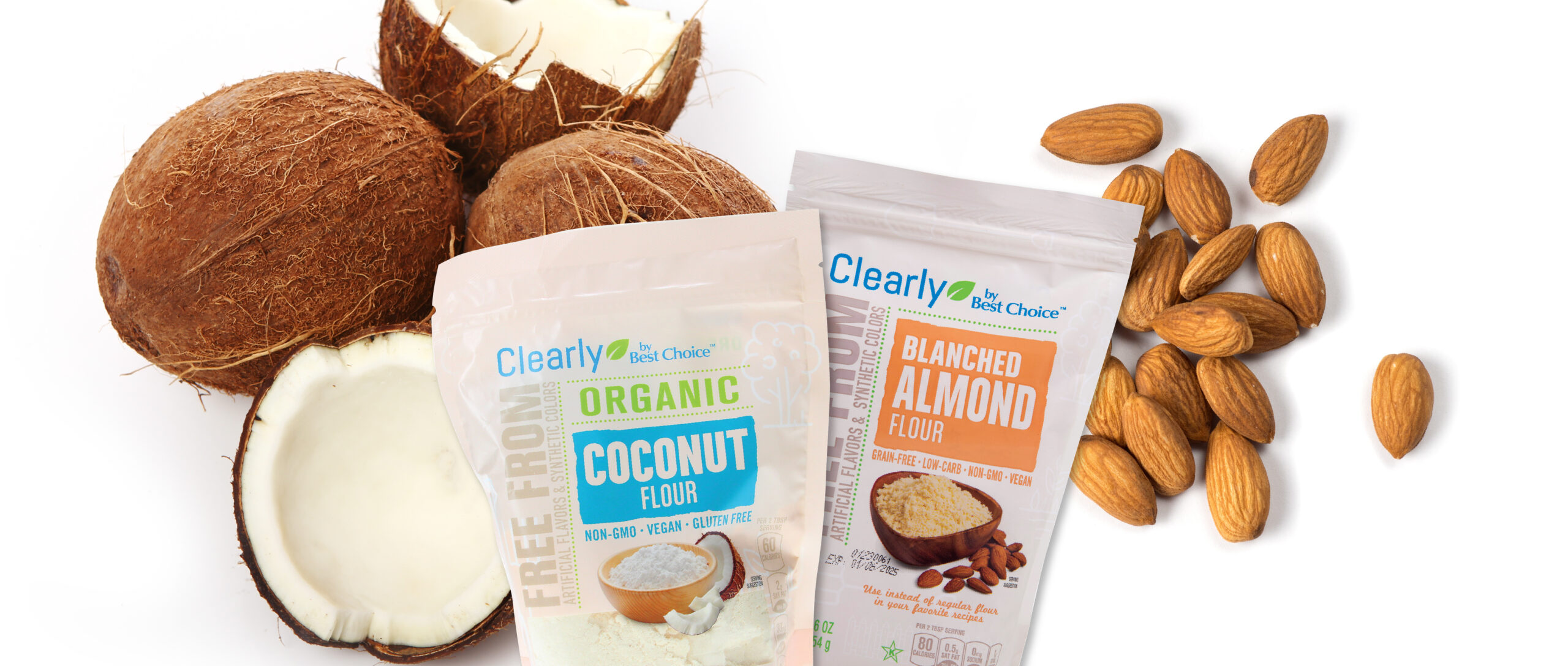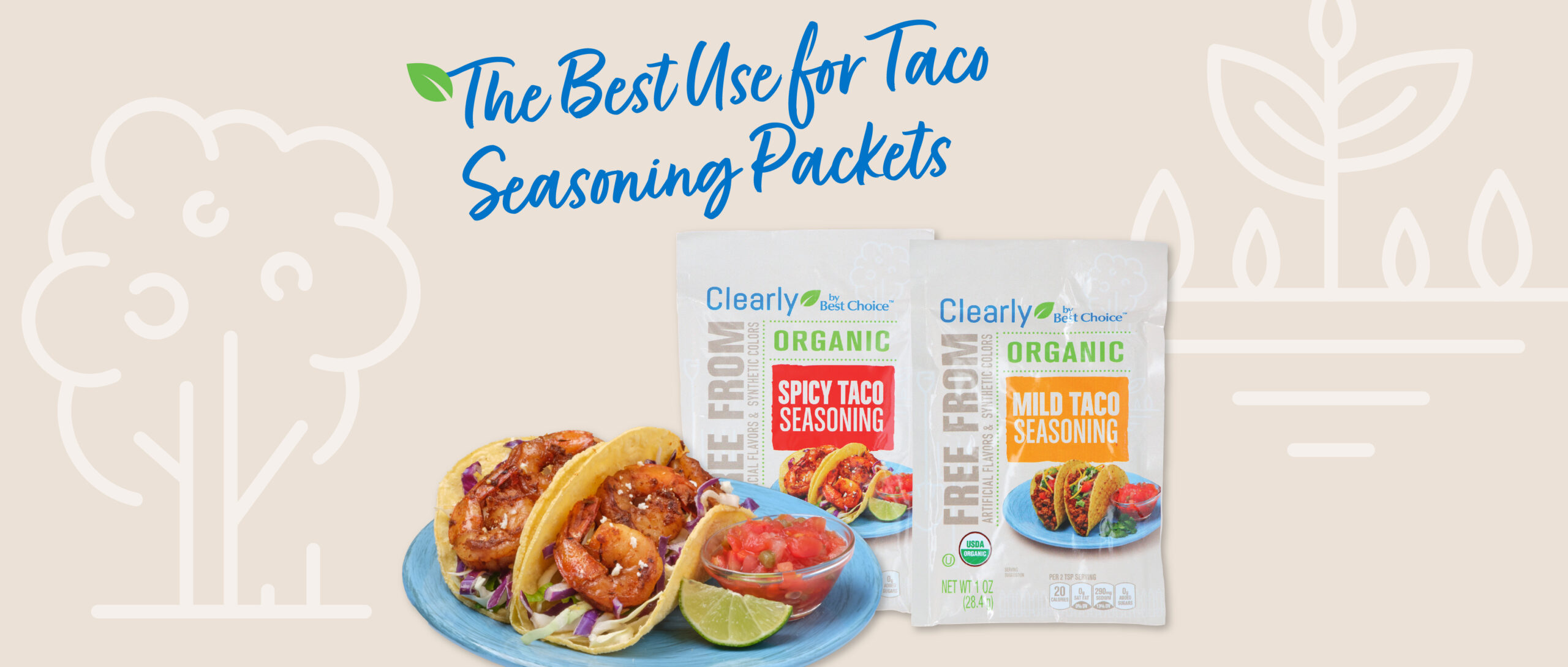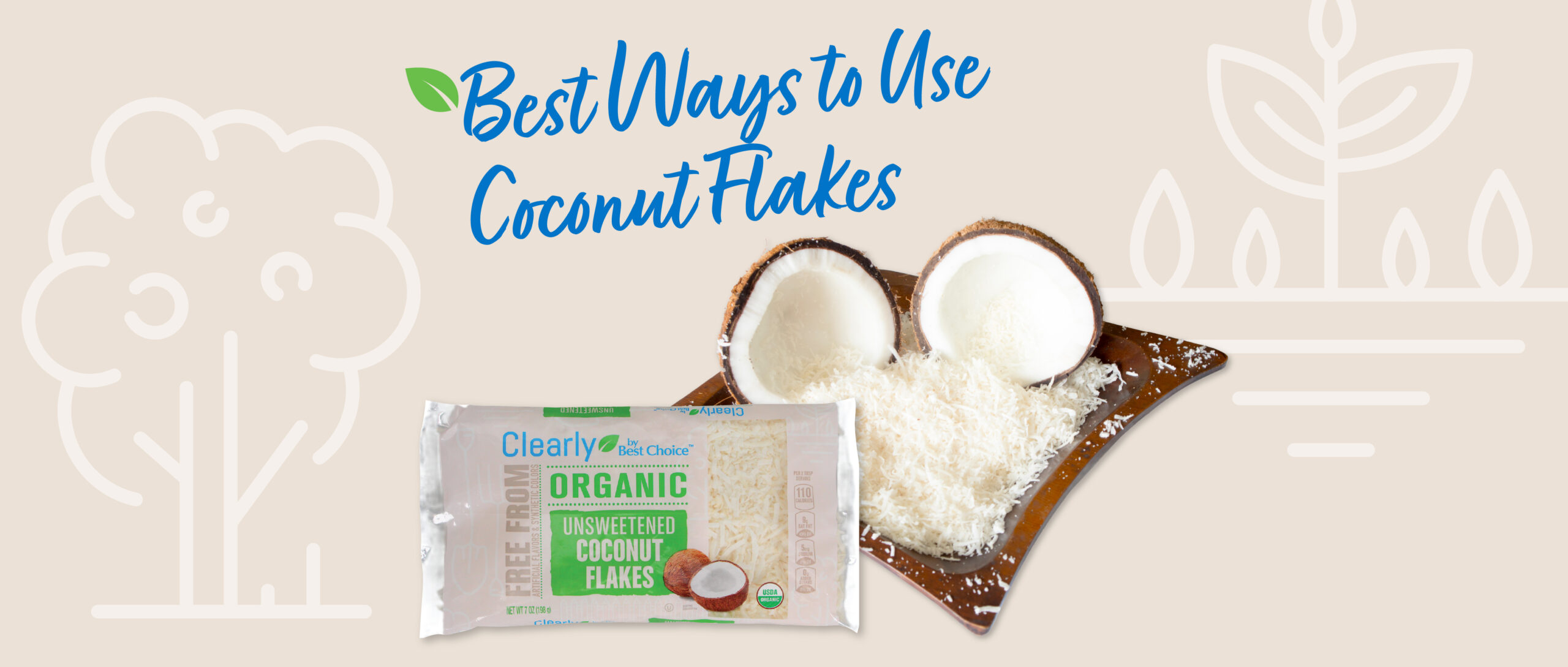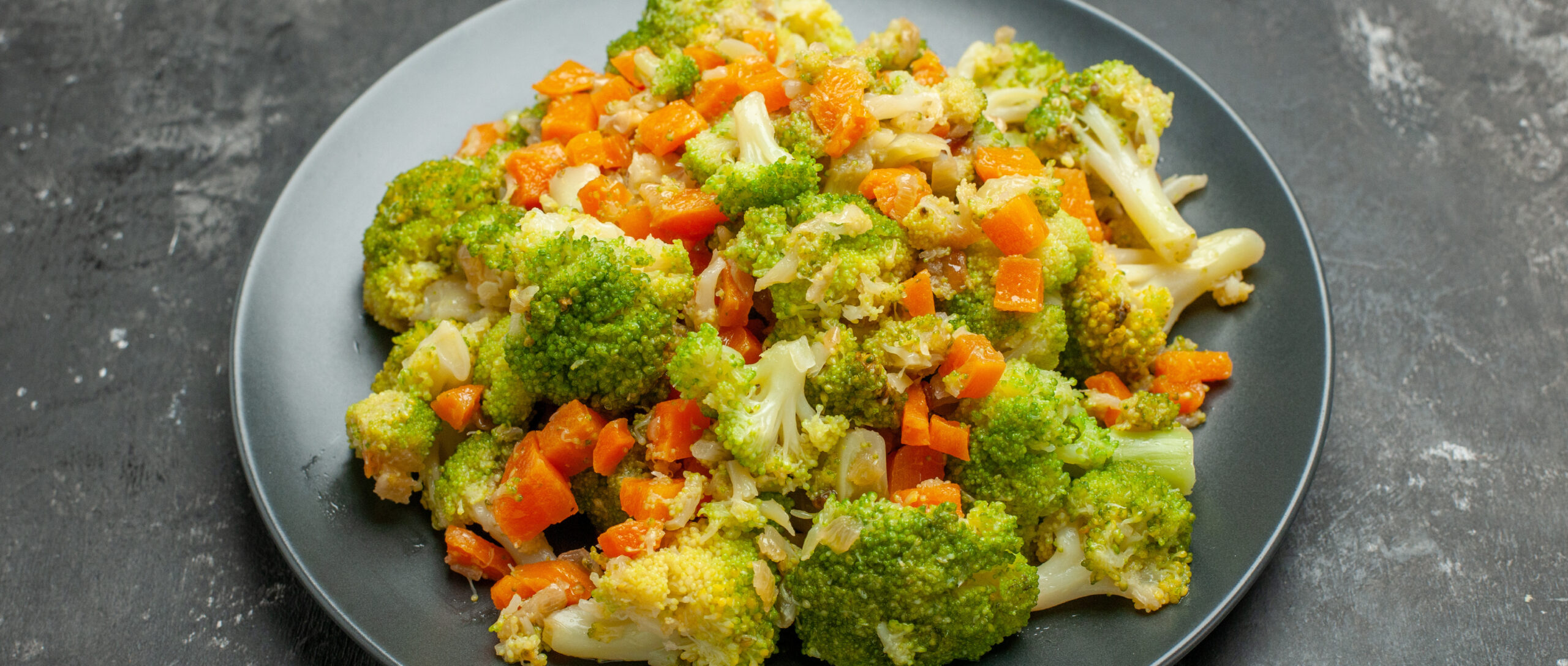Coconut and almond flour are popular grain-free alternatives used in baking. Both of these flours are commonly used among gluten-free and low-carb diets. Each flour is nutrient-dense and rich in healthy fats and fiber. Both work well in cakes, bread, and cookies while also being a nice option for a thickening agent in sauces or a savory coating on pan-fried foods.
Baking with Almond Flour
This versatile ingredient can be substituted in most recipes at a 1:1 ratio. You can use the same amount of almond flour as you would regular all-purpose flour or wheat flour. However, you might need more eggs or a binding agent because of the unique properties of almond flour. It’s best to find specific recipes that call for almond flour so you can have the appropriate ratios of wet and dry ingredients. Many people combine almond flour with other gluten-free flour, such as coconut flour, to create a balanced texture in gluten-free baked goods. The flavors blend beautifully, and the texture can more closely resemble a wheat-based product if that is what you desire.
Baking with Coconut Flour
Coconut flour has a natural sweet and mild coconut flavor. It is made from dehydrated ground coconut. When baking with coconut flour, be sure to note that it can NOT be substituted 1:1 with all-purpose flour. It behaves differently than conventional flour. You will use only about 1/3 cup for every one cup of all-purpose flour. It is best to follow recipes that specifically call for coconut flour, so you have the right amount of eggs and binding agents. Coconut flour has an impressive nutrition profile, is excellent for digestion, and is beneficial for blood sugar stability. Both coconut and almond flour can be found in most major grocery stores.


















